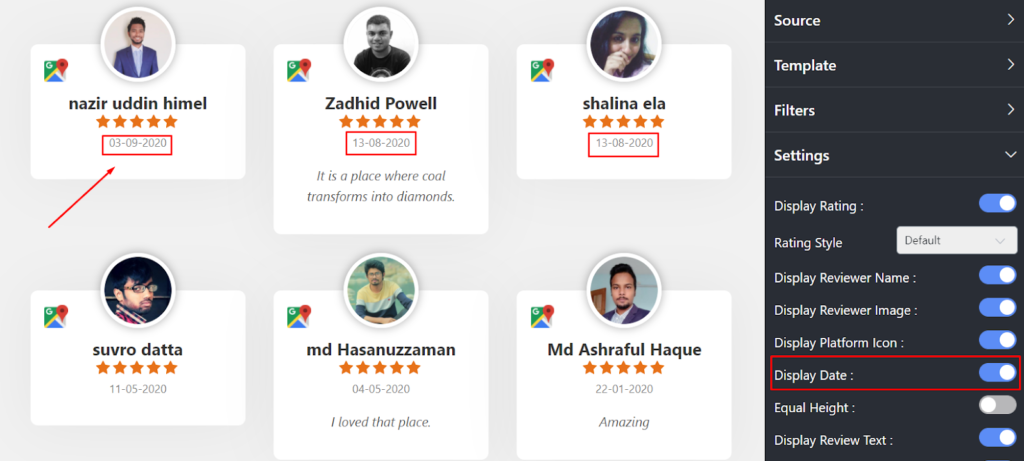

If you want more options, check out the man page by typing man ps. The large amount of whitespace between the quotation marks just changes the spacing between the columns in the output. You can add or remove columns from GeekTool by adding or removing these variables from the command. The variable $3 refers to the third column of the output. To understand this command, just run ps aux, and look at the output. If you want something even less cluttered, try ps aux | awk '' It displays a nice clean output sorted by cpu usage. A personal favorite of mine is the Back to the Future Desktop.Try ps aux. Go out and find some inspiration by search for “Geektool” in Google and see what you find. This can show iTunes information, daily weather, and even changing images. You can keep it simple as in this post, or go extreme and write custom scripts that Geektool can access. Geektool is all about showcasing data in a beautiful way. Check out the screen shot below of a desktop only using these Geeklets listed above and a fitting wallpaper.Īs you can see, Geektool is more than just listing information on your desktop. With these basic Geeklets, you can make a really integrated-looking desktop. These just scratch the surface of what Geektool can do, but are a great place to start. With this Geeklet done, try creating this one just as you did above: For now, We’ll adjust the color, font, and size the make this look a little better.Īs you can see, it’s pretty easy to display information just as you want. With Geektool you can adjust font, color, size and other items. The shadow box will now show your system uptime.Īs you can see, the box above looks a little plain. (The refresh rate counts in seconds, so 2 minutes would be 120, etc.) To use it, simply drag a Shell Geeklet to your desktop and in the Properties window under the Command section, enter the word “ uptime” without the quotes and set the refresh rate at 60.

This will show you how long since your last system restart. Your First GeekletĪ simple, yet useful Geeklet is uptime. With that out of the way, here is the first Geeklet for you to try out. Here is a breakdown of the Properties window: The shadow box is your Geeklet and the Properties window is where all the background magic happens. When you do this, you will see a shadowy-looking box appear and a tall Properties window. To activate your first Shell Geeklet, simply click and drag the Shell icon onto your desktop from the Geektool window. Shell Geeklets (the ones we will be using in this post) get their information from running a Unix (shell) command and displaying the results on your desktop. So What Is A Geeklet?īefore going any farther, a Geeklet is simply any command added to Geektool, and we will be adding a variety of Geeklets in this post. The most useful Geeklet type is Shell, so that is where we will begin. This will do what they say, and are all helpful to using Geektool long-term. (Note: In earlier versions of Geektool, this is accessed in the System Preferences Pane)Ī few housekeeping items to set up before moving forward are checking the launch at login box, the Show in menu bar box, and the Enable box. These are the three different kinds of desktop modifications everything else will be based around. You should see three icons under Geeklets. Geektool will open in a small and simple window. Next, double-click the application and click Open to any warnings that OSX gives you.
#GEEKTOOL DISPLAY DATE DOWNLOAD#
After the download is complete, unzip the file and drag Geektool into your Applications folder. Head over to the developers page and choose the version that is right for your OS. Geektool does take a little getting used to, but once you do, the customization you can do to your desktop is almost limitless. As long as you can copy/paste you can use Geektool. Even if you’ve never opened Terminal before, don’t worry. Any command you can enter into Terminal to return a bit of information can be used in Geektool. This information you can display ranges from small things like RAM used, CPU currently under load, and uptime since the last restart of the system to complex pieces of information like RSS feeds, twitter lists, and even graphical weather reports! All embedded right into your desktop and each refreshing at an interval you set.įor those of you familiar with using Terminal commands, that is all Geektool needs to work its magic. With Geektool, you can display live, auto-updating information right on your desktop.
#GEEKTOOL DISPLAY DATE MAC#
Geektool is a program for the Mac that allows you to customize your desktop with far more than just a wallpaper change.


 0 kommentar(er)
0 kommentar(er)
